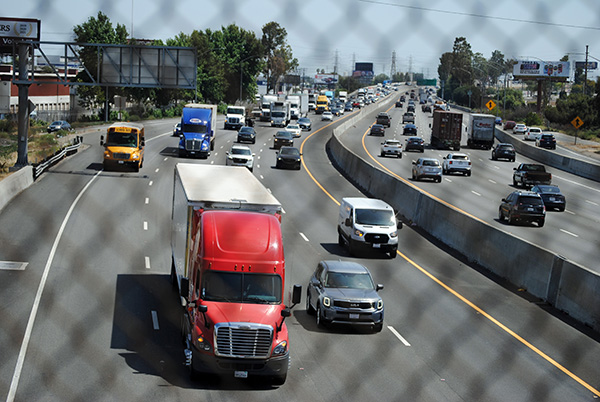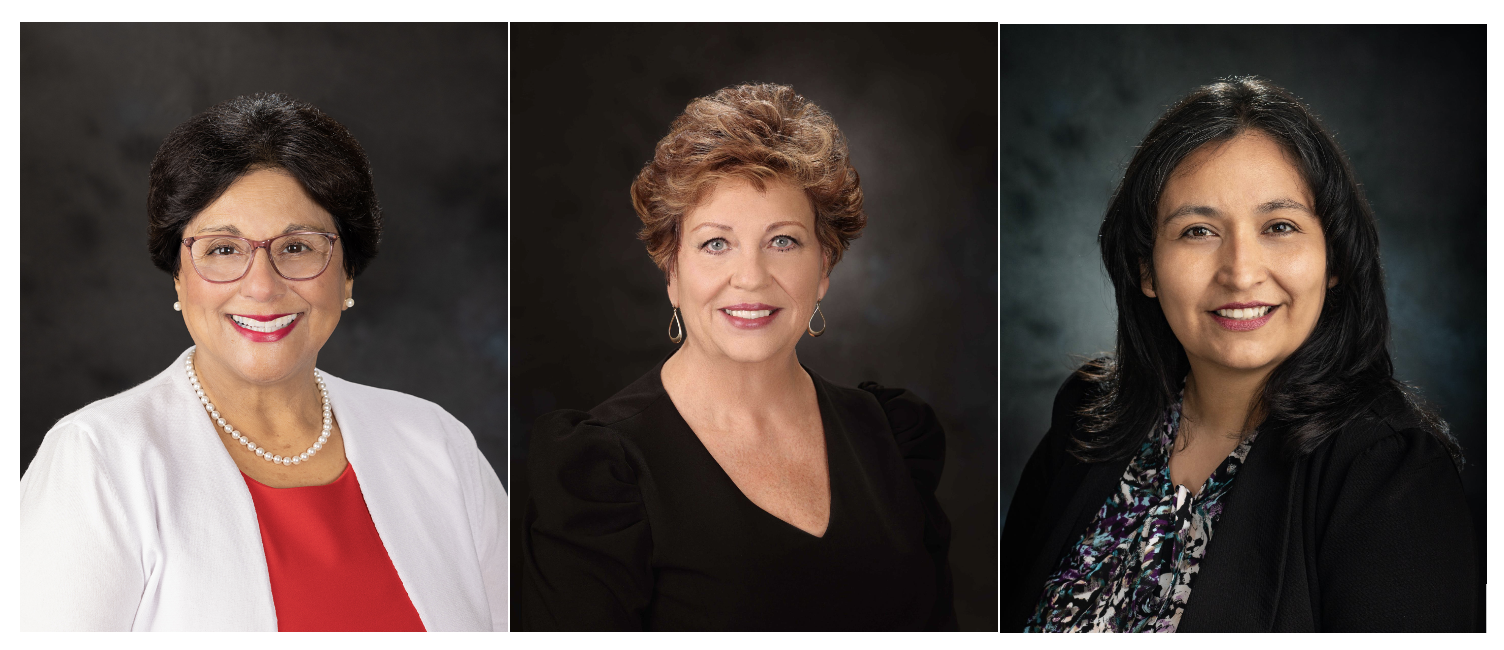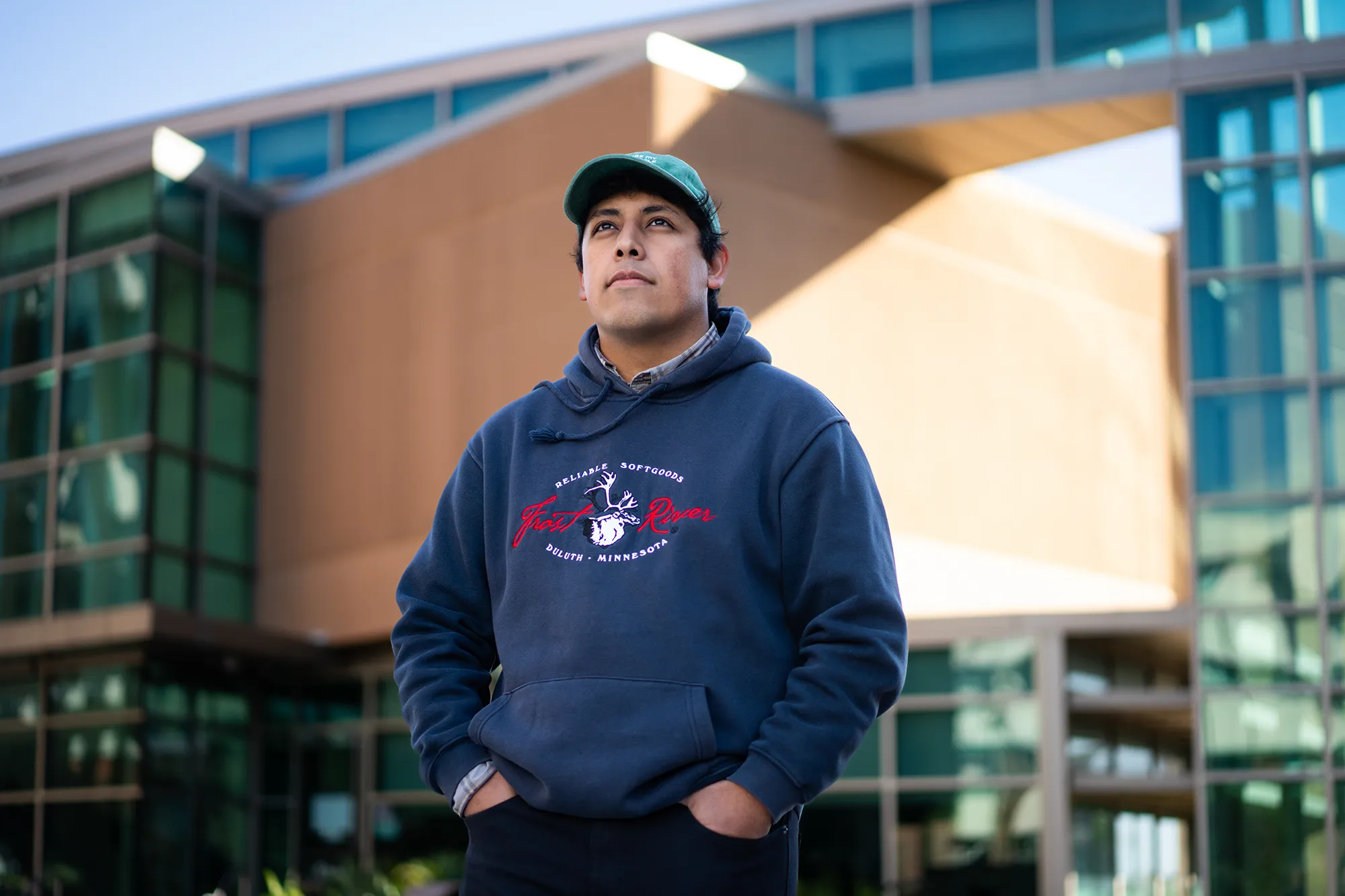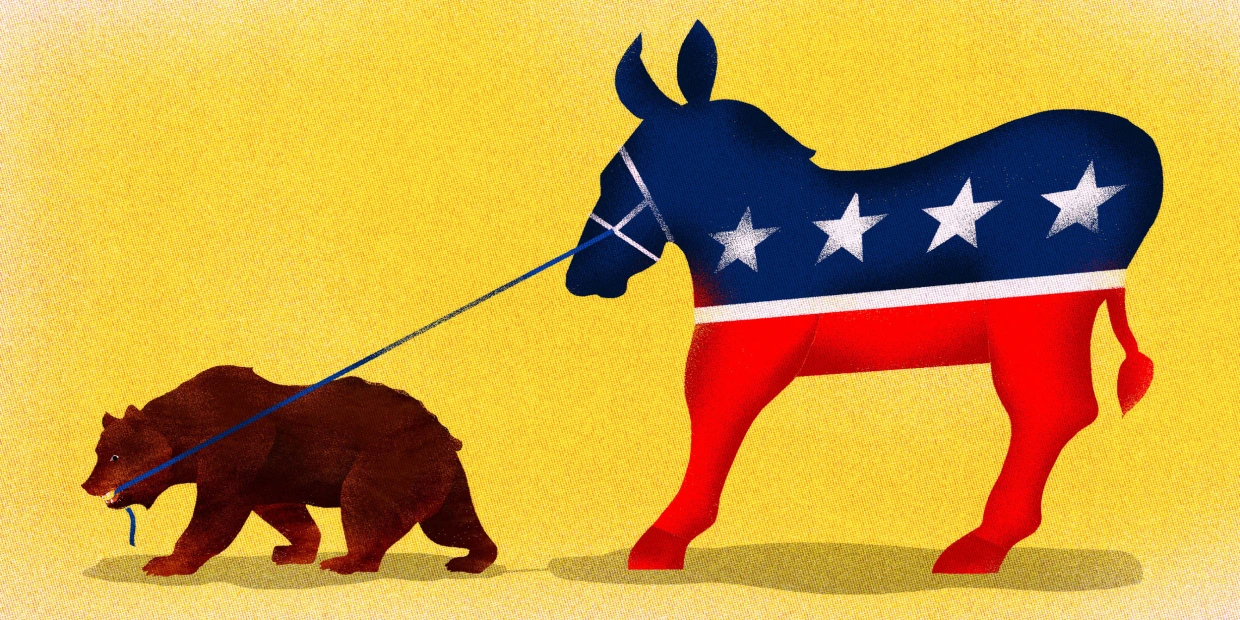By Alfredo Santana
Contributing Writer
LOS ANGELES — The community group assigned to advise the Long Beach (710) Freeway corridor task force warily approved a vision statement adding goods movement to the draft.
With 11 votes in favor, four against and four abstentions, the Community Leadership Committee agreed on a broad statement to reduce and possibly eradicate carbon dioxide emissions, improve transportation and safety of people on and off the freeway, and for economic conditions that support good and sustainable jobs.
However, inserting goods to the paragraph prompted pushback from several committee members, who accused representatives of the Metropolitan Transportation Authority and organizers of staging a meeting with little time to discuss a term they intended to avoid using.
In the previous three meetings, committee members agreed to support investments that benefit residents living near the 19-mile freeway stretch running from Long Beach to East Los Angeles.
As it stands, the vision statement calls for “an equitable, shared … transportation system that provides safe, quality multimodal options for moving people and goods that will foster clean air (zero emissions), healthy and sustainable communities, and economic empowerment for all residents and communities in the corridor.
Michael Cano, deputy executive officer of goods movement and state policy programming for the MTA, said that language addressing freight from the twin ports of Los Angeles and Long Beach would raise the chances of qualifying for untapped sources of state and federal funds.
He cited a statute from the California Public Utilities Commission that enables the MTA to adopt goals and objectives “to achieve optimal transport service for the movement of goods and people on a countywide basis.”
Cano referred to the item’s impasse at the last task force meeting June 13, and told the participants that a goals draft had been approved, but it was of little use until the vision statement came to fruition.
“The task force acknowledged that they did not want to prioritize goods over the community. But adding goods was a way to recognize the basic nature of the corridor,” Cano said.
Although $1.09 billion has been earmarked for potential projects to restructure transportation along the busy corridor, Cano said that amount pales in comparison with the cost of bringing changes to support zero emission truck fleets, electric charging stations and improvements to transit safety.
“One billion [dollars] is not enough,” Cano said. “[The MTA] needs to suck up federal and state funds to fund these programs. There’s no blank check. We need to apply for allocations that would encourage a cleaner corridor that is safer for people, the communities and movement of goods.”
A potential source of funds is the Infrastructure for Rebuilding America, a federal program that earmarks $15 billion from 2022 to 2026 to improve safety, reduce cargo bottlenecks and generate economic benefits.
Quizzed by newly appointed committee member Yamila Cervantes whether adding goods to the statement was required to get funds, Cano replied that is not “a 100% requirement, but it is immensely helpful.”
Guadalupe Arellano, a committee member who voted against the vision statement, said adding the term violates the intent of bringing equity to blue collar communities long struggling with pollution.
She blamed meeting organizers and facilitators for failing to identify the term as essential to qualify for project funds from public entities.
“The frustration kicks in,” Arellano said. “It’s the way our father ancestors were treated in this area.”
KeAndra Cylear Dodds, executive officer of equity and race for the MTA, reminded committee members that the goal was to create a draft with consensus through deliberations.
“The [committee] does not have to vote,” Dodds said. “But I know that the MTA board will not support a version that does not include goods. This is not forced. We are trying to build consensus. But if it does not happen, we will move forward. And that is the reality.”
Despite the wrangling, committee member Kevin Shin said that funding should arrive for the freeway’s south corridor’s physical and environmental improvements, even if goods did not make the vision statement.
“I don’t like the fact we are forced to include it because funding will not flow for the lack of it,” Shin said. “I understand the importance of it. But funds should come up regardless of its inclusion. It should not really matter whether we include it or not.”
Other committee members expressed support for the revised version, but cautioned that they will seek accountability for cleaner air.
“It’s not clear why movement of goods is needed if it’s going to help improve … the environment,” said Martha Fierro. “I don’t like it, but I hope that addition helps with resources to clean the community.”
On the project name change, Here LA co-director and meeting facilitator Shannon Davis unveiled five tentative titles she said came about after they were discussed with various working groups.
The five proposed names are: I-710 south corridor investment plan, 710 south gateway to the world, I-710 communities network, interstate 710 project based task force and I-710 south corridor community pledge.
Task force member Clara Solis chimed in during the public comment segment to encourage committee members to focus on a title that commits to reductions of diesel and carbon pollution.
“I think we should name it with something that says we want clean air in our communities,” Solis said. “Something like I-710 zero emissions corridor.”
And Luke Klipp, senior transportation deputy director for Supervisor Janice Hahn phoned in to remind committee members that the intent behind the new project’s name is to shift the focus from the freeway to corridor traffic on streets, railroads and bike lanes.












